Pint of Science returned to Sheffield for its second year and some of our Florey students volunteered to help run the Festival. They write here to describe and reflect upon their experiences of the festival.
What is Pint of Science (PoS)?
A non-profit organisation that hosts a three-day festival in 150 cities across the world, aiming to bring scientists and their incredible research to a pub near you!
What did we do in Sheffield?
After the inaugural appearance of it in Sheffield in 2016, PoS returned to the Steel City - but this time with more themes and speakers than before. The six themes covered a huge range of science topics, from physics to geography, computer science to sociology. More than 50 speakers shared their research and expertise, supported by many, many volunteers over three nights. Three of these volunteers were Florey students, Emily, Laia and Sophie!
What is Pint of Science (PoS)?
A non-profit organisation that hosts a three-day festival in 150 cities across the world, aiming to bring scientists and their incredible research to a pub near you!
What did we do in Sheffield?
After the inaugural appearance of it in Sheffield in 2016, PoS returned to the Steel City - but this time with more themes and speakers than before. The six themes covered a huge range of science topics, from physics to geography, computer science to sociology. More than 50 speakers shared their research and expertise, supported by many, many volunteers over three nights. Three of these volunteers were Florey students, Emily, Laia and Sophie!
Student experiences and reflections
Emily Fisk
In 2016, I volunteered as an Event Manager for Pint of Science Sheffield, to organise one night under the theme ‘Beautiful Mind’; however this year I was one of just six Event Managers, each allocated to a different theme, which meant I was solely responsible for organising all three nights in the theme instead! This time, however, I had the joy of managing the new theme ‘Our Body’. In this role, I had a lot of organising to do, including speaker selection, volunteer management, activity designing and general event management, both ahead of and during the nights. The three events I produced were ‘Kidney Night: Urine for a Treat (sponsored by Kidney Research UK)’, which looked at the role of the kidneys and how researchers are looking for early diagnoses and alternatives to late-stage transplantations; ‘Building and Breaking Our Bodies’, which looked at protein folding, stem cells and the effects of modern living on our bodies, and how they can either cause or treat disease; and lastly ‘Alternatives to Research Requiring Rodents (sponsored by the NC3Rs)’, which described ways in which researchers are looking to reduce their use of animals, using computer modelling, organ-on-chip technologies and alternative models. We had a mix of PhD students, Professors and clinicians, giving a truly diverse range of talks and research from within Sheffield. I also hosted Florey PI Prof. Steve Renshaw, who spoke on his research using zebrafish as alternatives to mammalian models of infection - which really was a treat!
My experience of the PoS Festival was pretty full-on, but it has been extremely valuable, further opening by eyes into the world of Science Communication and Event Management - potentially as something I would like to pursue in my future prospects! It has also helped me to utilise social media better for research dissemination, as I had to live tweet each night, and has introduced to me new management tools and apps which might be useful in future projects.
Laia Pasquina
I volunteered as Event Support for all three nights of the theme Atoms to Galaxies. Each night was focused on different aspects of Physical sciences. For example, the event ‘I Ain't Afraid of no Cosmic Ghosts’ was focused on invisible astrophysics phenomenon. Prof.Ed Daw explained what Gravitational waves are and how complex it is to detect them, Prof. Matthew Malek spoke about natural universe ghosts, the neutrinos which are the lightest known particle in the universe. Between the talks some science busking was done by encouraging the public to take part in games and competitions. Plus, a 3D printer telescope was presented - you can even build it at home (via Pikon Telescope)! The second night ‘Building life’ was aimed to approach the basic components of life and chemistry to the public. The session was opened by Prof. Jim Thomas who reveal us the mysteries of chemistry and how we can differentiate left and right handed molecules, just by smelling them. By going from smelling sense to tasting, Dr. Joanna Buckley gave a very interactive talk about food chemistry and why different people taste different, we all did a group testing experiment to see what kind of tasters we were. Closing with an interesting talk from Prof. Simon Goodwin about extraterrestrial live from the probability point of view, concluding that probable we are not alone in the universe! In between the talks, the public had to craft their own Alien and they could observe some of their own skin cells using an optical microscope in real time. As my PhD is focused in microscopy techniques, I offered to run this section and it was a great experience explaining to people how a microscope works and what can we see with it. The last night ‘Death of Stars: A Dark Matter’ was focused on powerful energy sources from the universe such as Solar wind, the death of stars and Dark matter. Starting the night with Dr. Susan Cartwright, who explained to the public why a whole Galaxy is needed to create the materials (stardust) that compose this planet and ourselves. After this exciting talk, the PhD student Matthew Allcock impressed the audience by explaining that our Sun also has a weather and how a big storm of energy such as Solar wind could affect our everyday life. The event was finished with a talk from another PhD student Evangelos Kourlitis who amazed the public talking about Dark matter and how they use the Large Hadron collider to detect this mysterious of the universe. During the event a simulator of dark matter was set up for people to interact with it. As the main theme of Atoms to Galaxies was physics, we designed an Egg dropping competition. The audience had to build a protection platform to put an Egg on, and the winner was the person whose egg was not broken - or less broken than the rest! The competition was a total success involving all the audience and showing very original and well designed Egg protections. In general the experience was awesome, I think this way of approaching science to non-expert audience is effective and amusing. I would definitely recommend the experience either as a volunteer or as part of the audience.
Sophie Irving
I volunteered for the ‘It’s Alive!’ night under the theme ‘Tech Me Out’, which discussed the potential robotic revolution and the challenges and opportunities this presents. First up, Prof. Tony Prescott discussed the psychology of robot friends and how they are being used to tackle the modern health issue of loneliness. Prof. James Marshall explained his work on modelling decision making by bee swarms and how his group are trying to use this to program robots to share information to reach a group conclusion. Finally, Dr Iveta Eimontaite’s talk focused on how workers interact with robots in their workplaces (also known as ‘cobots’). She reviewed how graphical signage can increase human-robot cooperation and methods to improve ‘cobot’ acceptance amongst workers.
As a ‘Science Busker’ my job was to engage the audience in little science practicals between speakers. I challenged the crowd to read out the colour of printed words but not the word itself. This proved very difficult for most, as our brains experience something called The Stroop Effect with competing information. This experiment highlighted that, whilst humans are immeasurably more advanced than current robots, for certain tasks a robot can perform much better.

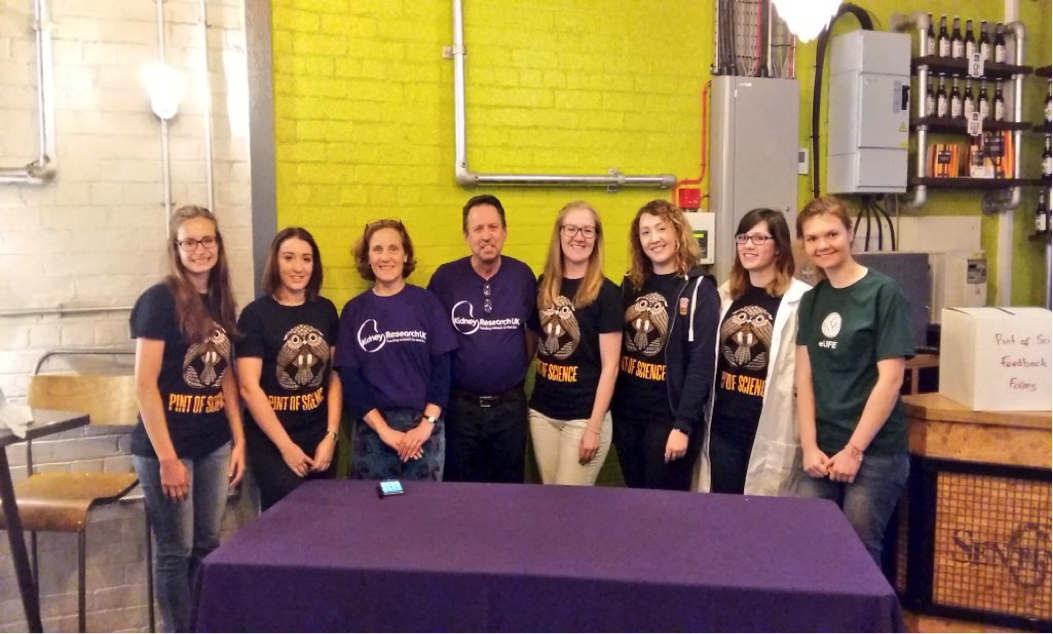
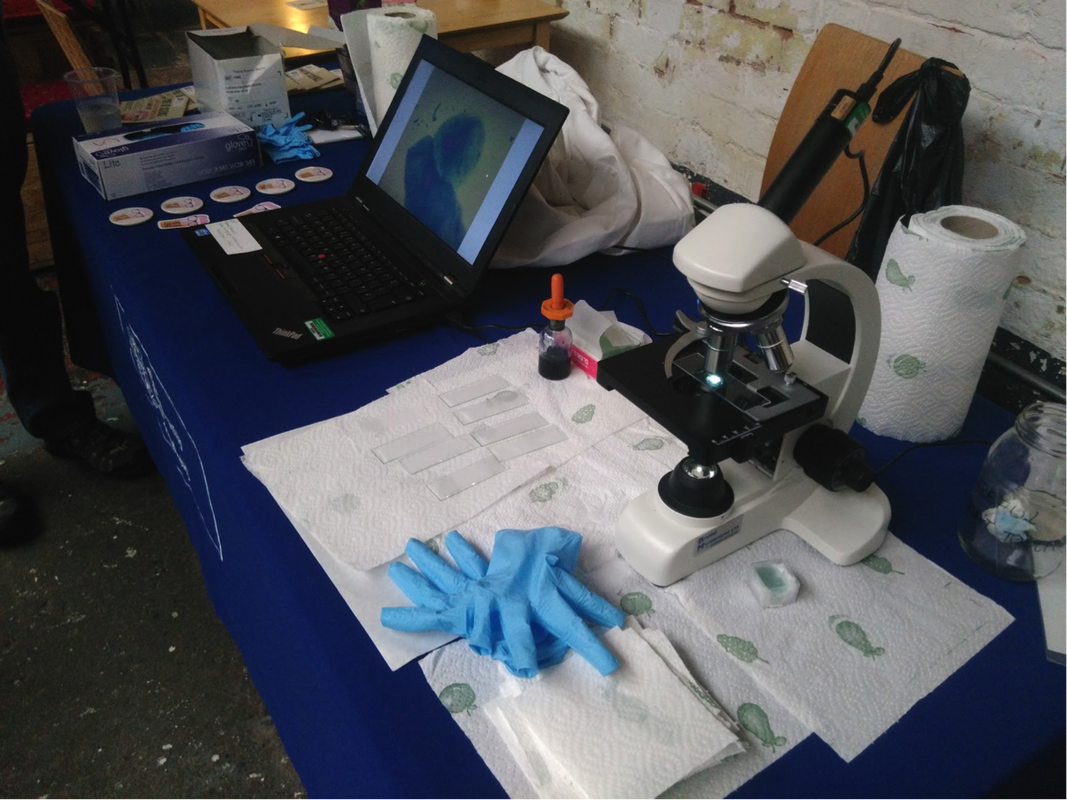
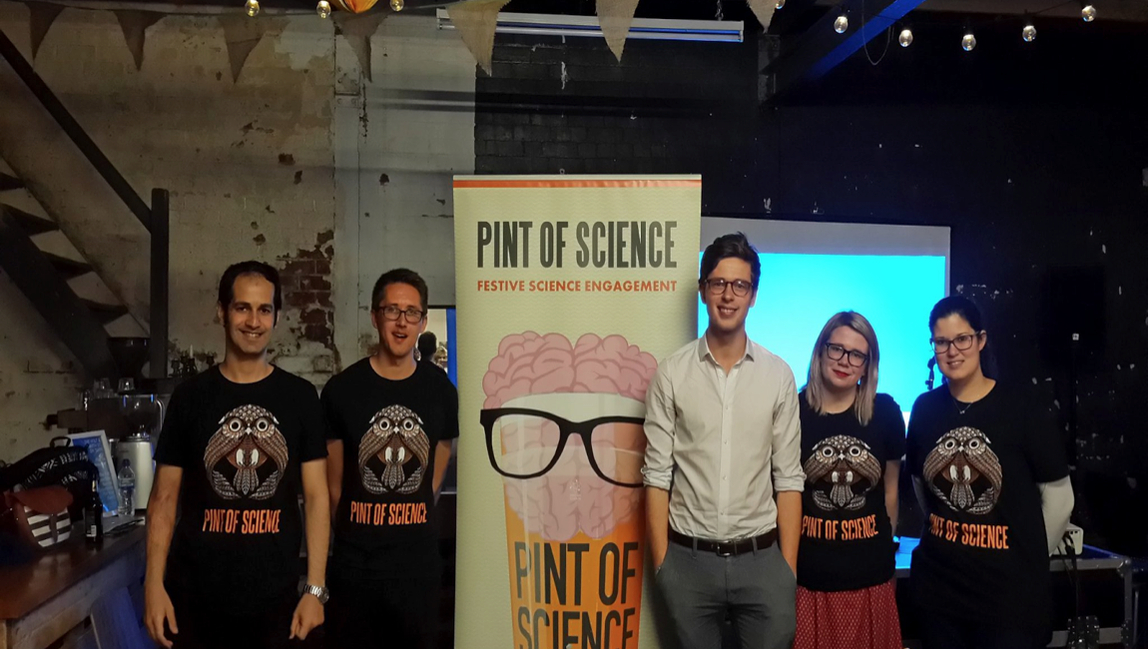
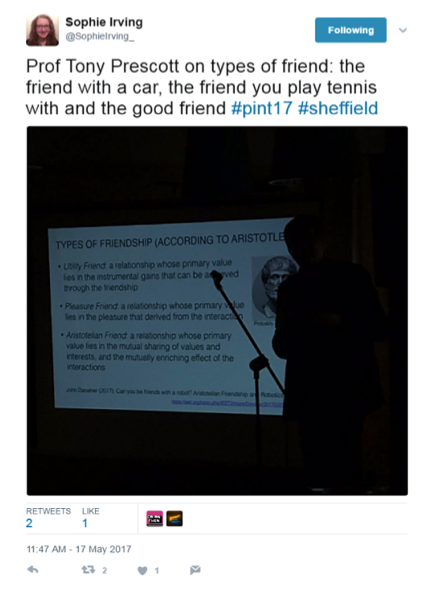
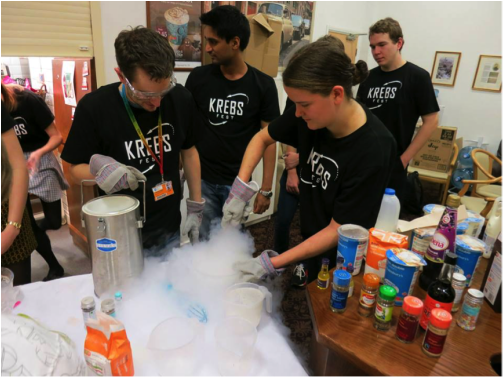
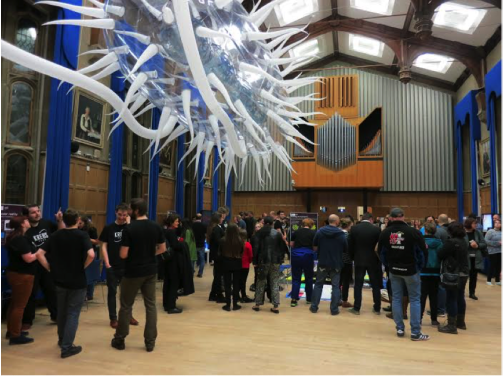
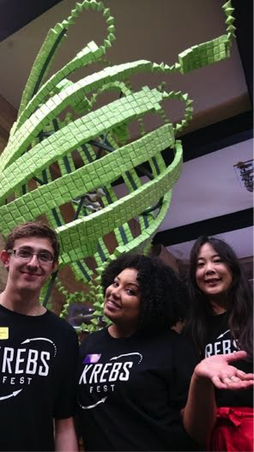
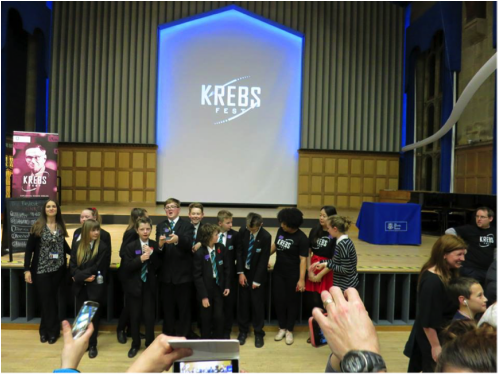
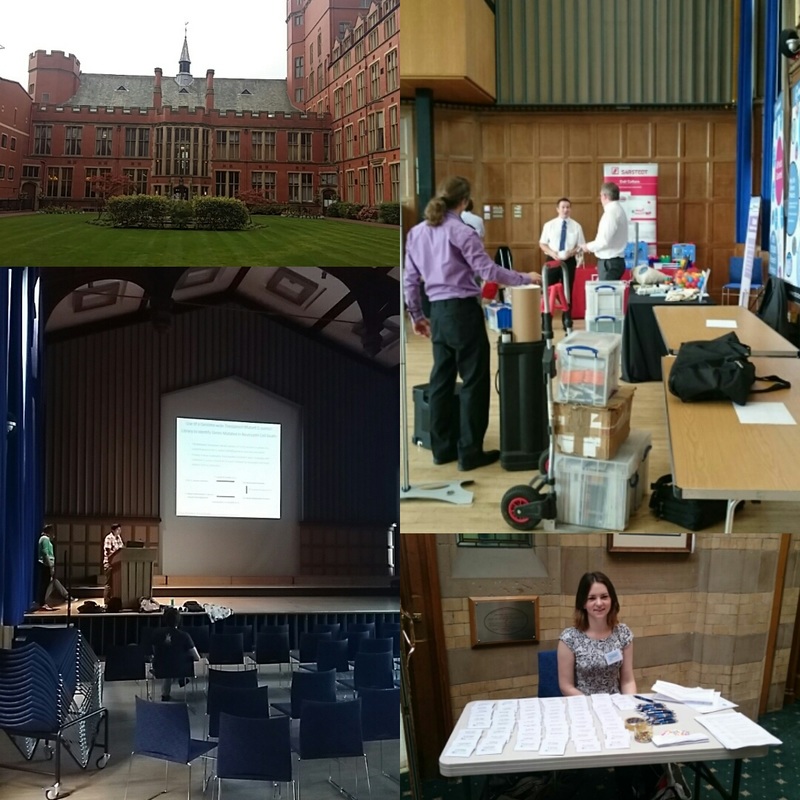
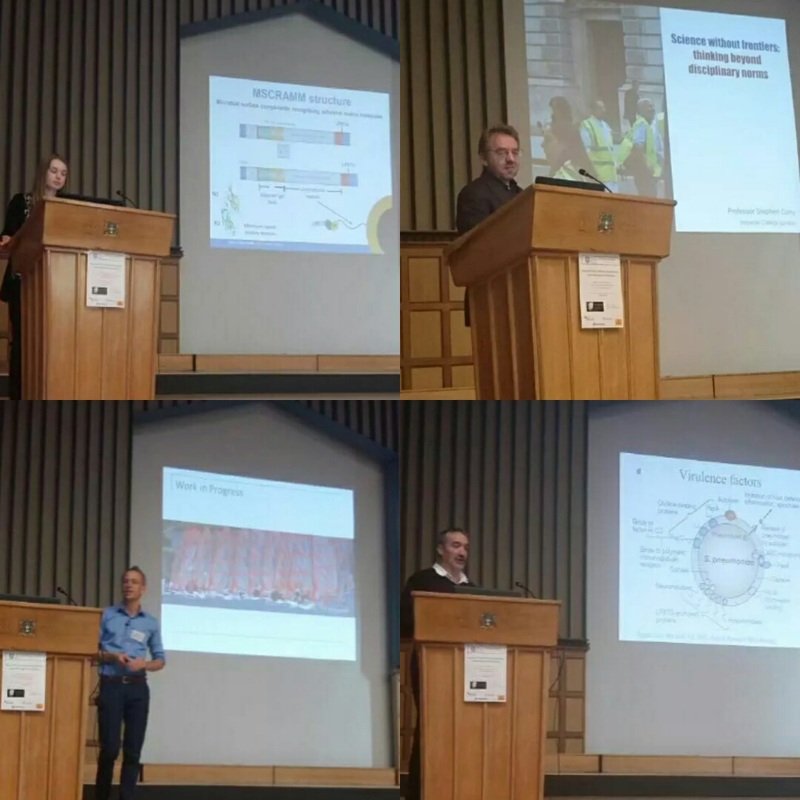
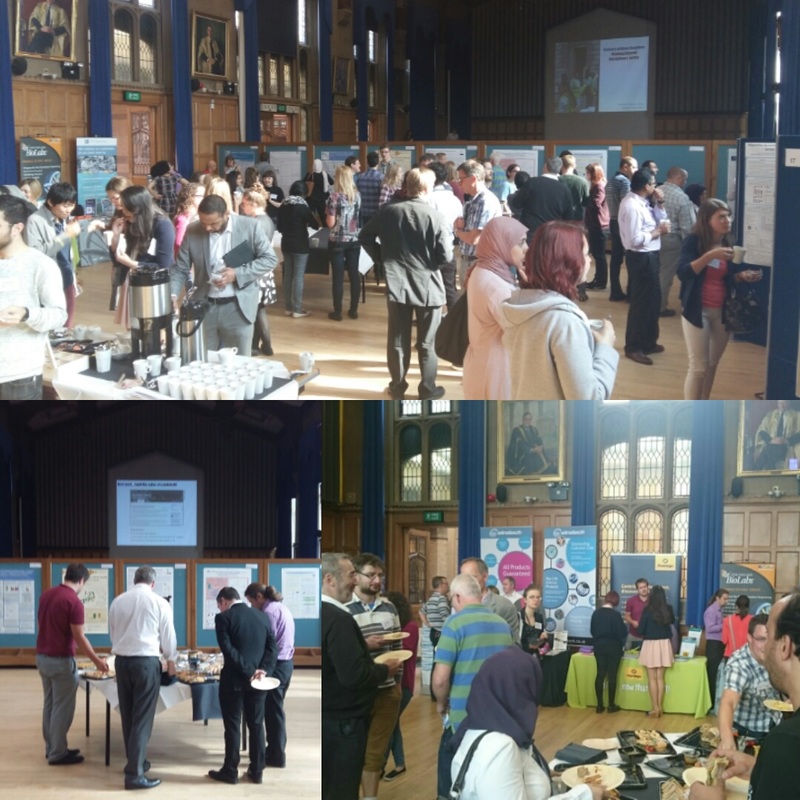
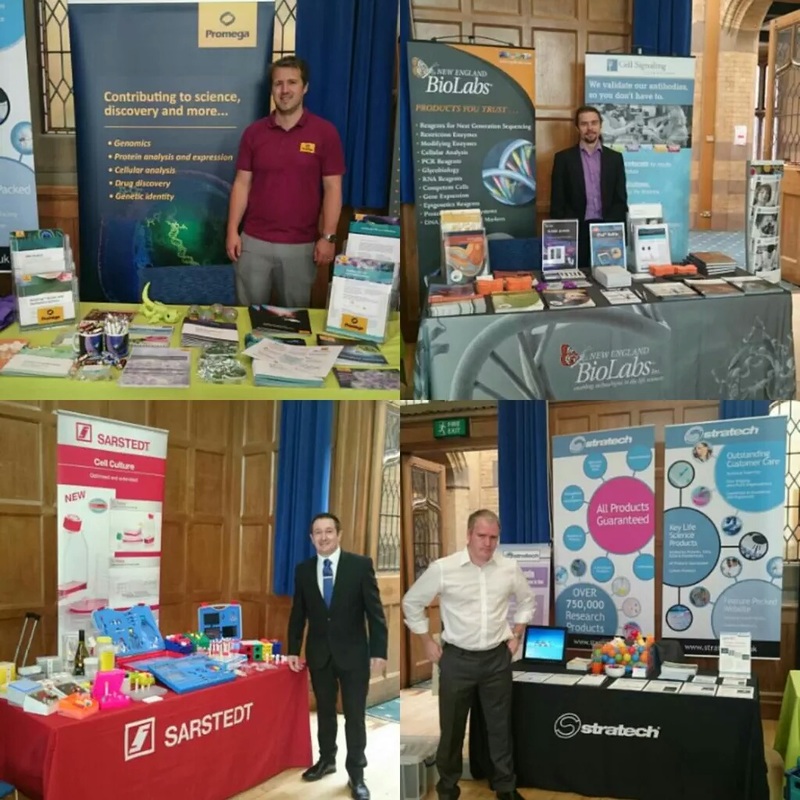
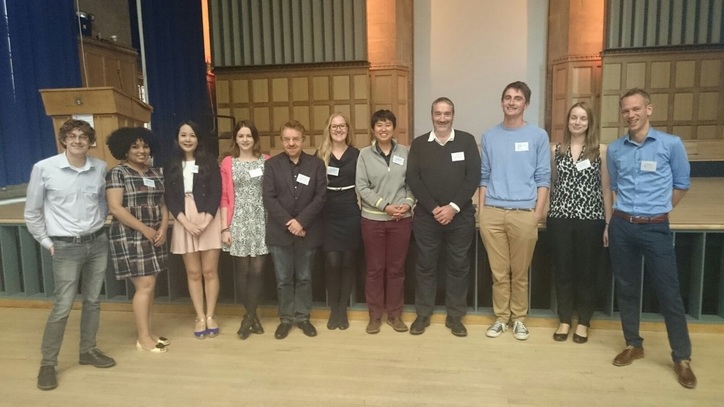
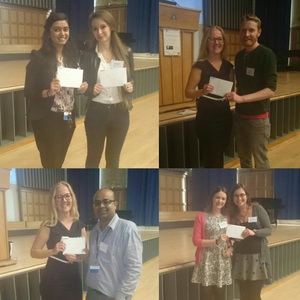
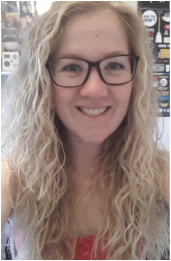
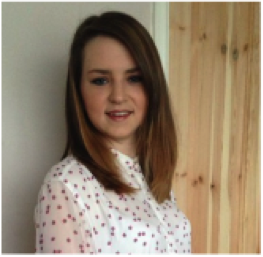
 RSS Feed
RSS Feed